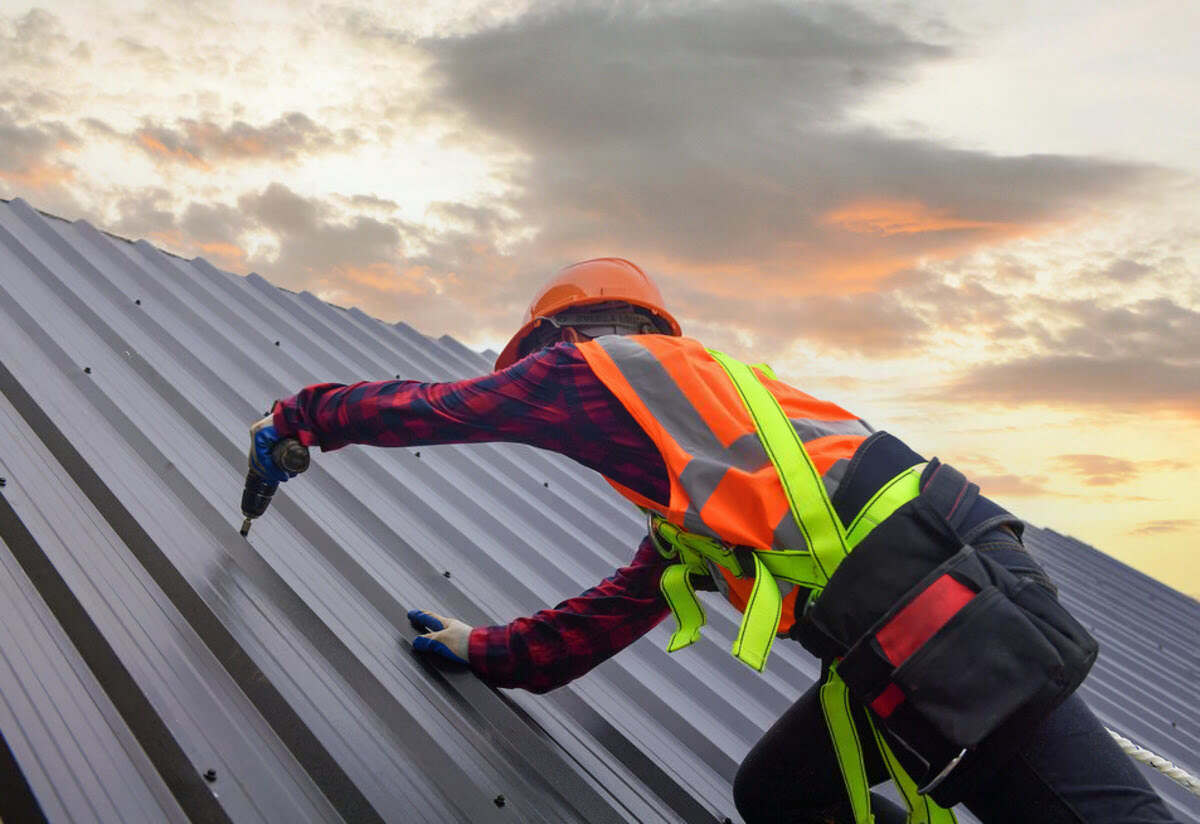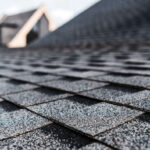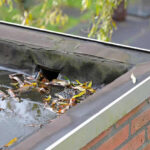In the world of commercial property management, maintaining the structural integrity of your building is paramount. One of the most critical components of this structure is the roof. A well-maintained roof not only ensures the safety of your building’s occupants but also safeguards your investment. However, knowing when to repair your commercial roof can be challenging, especially if you are unfamiliar with what to look for. Staying proactive about when to repair commercial roof issues can prevent costly damages and prolong its lifespan.
The Importance of Commercial Roof Maintenance
Commercial roofs are subjected to various environmental stresses, from heavy rains and high winds to intense sunlight and fluctuating temperatures. These factors can cause wear and tear over time, making regular maintenance essential. Routine inspections and upkeep can help prevent minor issues from escalating into major problems, saving you significant repair costs in the long run.
Maintenance not only prolongs the life of your roof but also ensures that it performs efficiently. A well-maintained roof provides better insulation, which can reduce energy costs by maintaining a stable indoor temperature. Moreover, addressing minor repairs promptly can prevent more severe damage that might compromise the structural integrity of your building.
In addition to these practical benefits, maintaining your commercial roof can enhance the aesthetic appeal of your building. A clean, well-kept roof reflects positively on your business, demonstrating attention to detail and professionalism. In summary, regular roof maintenance is a proactive approach to protecting your property and investment.
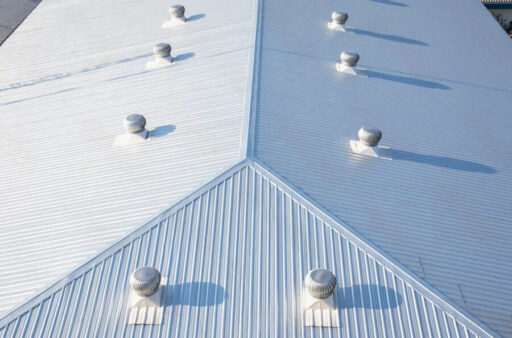
Common Signs Your Commercial Roof Needs Repair
Recognizing the signs that your commercial roof needs repair is crucial in preventing extensive damage. Here are some common indicators that it might be time to call in a professional to repair commercial roof damage:
- Water Leaks and Stains: If you notice water stains on your ceiling or walls, this could indicate a leak in your roof. Even small leaks can lead to significant water damage if not addressed promptly.
- Ponding Water: After a rainstorm, check for standing water on your roof. Ponding can cause the roofing material to deteriorate, leading to leaks and structural damage.
- Damaged Flashing: Flashing is used to seal roof edges, walls, and other areas where the roof intersects with different structures. Damaged or missing flashing can allow water to penetrate the roof, leading to leaks.
- Blistering or Cracking: Blisters or cracks in the roofing material are signs of wear and tear. These imperfections can allow water to seep through and damage the underlying structure.
- Increased Energy Bills: A sudden spike in your energy costs could indicate that your roof is not providing adequate insulation. This inefficiency often results from damage to the roofing material or inadequate ventilation.
Regular inspections and prompt attention to these signs can prevent further damage and costly repairs. It’s essential to address these issues as soon as they arise to maintain the integrity of your commercial roof.
The Risks of Ignoring Roof Damage
Ignoring signs of roof damage can have severe consequences, both financially and structurally. One of the most immediate risks is water damage, which can lead to mold growth, compromising indoor air quality and posing health risks to building occupants. Mold remediation can be costly and time-consuming, making it crucial to address leaks promptly.
Structural damage is another significant risk. Water infiltration can weaken the roof deck and other structural components, potentially leading to partial or complete roof failure. This kind of damage not only endangers the building’s occupants but also requires extensive repairs, which can disrupt business operations.
Furthermore, neglecting roof maintenance can result in increased insurance premiums. Insurers may view a poorly maintained roof as a higher risk, leading to higher rates or even denial of coverage. Regular maintenance and timely repairs demonstrate responsible property management, potentially resulting in more favorable insurance terms. Being proactive about when to repair commercial roof damage can save you from unnecessary financial burdens.
The Benefits of Timely Roof Repairs
Addressing roof repairs promptly offers numerous benefits, from extending the lifespan of your roof to enhancing the safety and comfort of your building. One of the most significant advantages is cost savings. By fixing minor issues early, you can avoid the expense of more extensive repairs or a complete roof replacement.
Timely repairs also help maintain the structural integrity of your building. A well-maintained roof prevents water damage, which can weaken the building’s foundation and other critical components. By ensuring your roof is in good condition, you protect the entire structure, providing peace of mind for you and your tenants.
Additionally, a well-maintained roof can improve energy efficiency. Repairing leaks and ensuring proper insulation reduces energy consumption, leading to lower heating and cooling costs. This efficiency is not only beneficial for your bottom line but also demonstrates your commitment to sustainability, which can enhance your business’s reputation.
Key Factors to Consider Before Repairing Your Commercial Roof
Before undertaking any roof repairs, it is essential to consider several factors to ensure the best outcome. First, assess the extent of the damage. Determine whether the issues are localized or widespread, as this will influence the repair strategy and cost.
Next, consider the age and material of your roof. Older roofs or those made from less durable materials may require more extensive repairs or even replacement. Consult with a professional roofer to evaluate the condition of your roof and recommend the most appropriate course of action.
Finally, take into account the climate and weather conditions in your area. Certain materials may perform better in specific climates, and seasonal weather patterns can affect the timing of repairs. For example, scheduling repairs during a dry season can prevent delays and water damage from rain.
Cost Factors in Commercial Roof Repair
Understanding the cost factors involved in commercial roof repair can help you budget effectively and make informed decisions. Several elements contribute to the overall cost, including the size of the roof, the extent of the damage, and the materials used.
- Roof Size: Larger roofs require more materials and labor, increasing the repair cost. Accurately measuring the roof area can help provide a precise estimate.
- Extent of Damage: Minor repairs, such as fixing leaks or replacing a small section of roofing material, are generally less expensive than extensive repairs or a full roof replacement.
- Material Costs: The type of roofing material used can significantly impact the cost. High-quality materials, such as metal or slate, may have a higher upfront cost but offer greater durability and longevity.
- Labor Costs: The complexity of the repair and the experience of the roofing contractor can affect labor costs. Hiring a reputable contractor may involve higher fees but can ensure quality workmanship and long-lasting results.
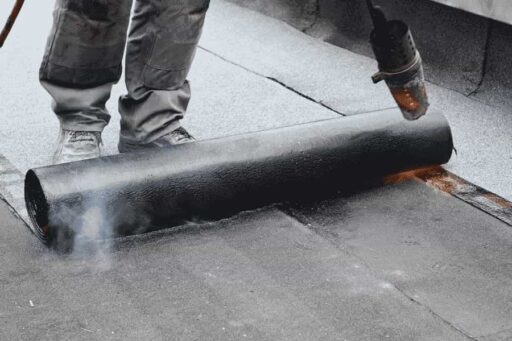
Preventative Measures to Extend Your Roof’s Lifespan
Implementing preventative measures can significantly extend the lifespan of your commercial roof, saving you money on repairs and replacements. Regular inspections are one of the most effective ways to catch potential issues early. Schedule bi-annual inspections, as well as additional checks after severe weather events, to identify and address any damage promptly.
Cleaning your roof regularly can also help prevent damage. Remove debris, such as leaves and branches, which can trap moisture and cause deterioration. Ensure that gutters and downspouts are clear to allow proper drainage and prevent water buildup.
Investing in protective coatings can enhance your roof’s durability and resistance to weather damage. These coatings can reflect sunlight, reduce heat absorption, and protect against UV damage, improving energy efficiency and extending the roof’s life.
Summary
Maintaining the integrity of your commercial roof is vital to protect your investment and ensure the safety of your building’s occupants. Regular maintenance and timely repairs demonstrate your commitment to responsible property management, positively impacting your business’s reputation. Don’t wait until it’s too late to repair commercial roof damage. Schedule regular inspections and consult with a professional roofing contractor to ensure your roof remains in optimal condition.
